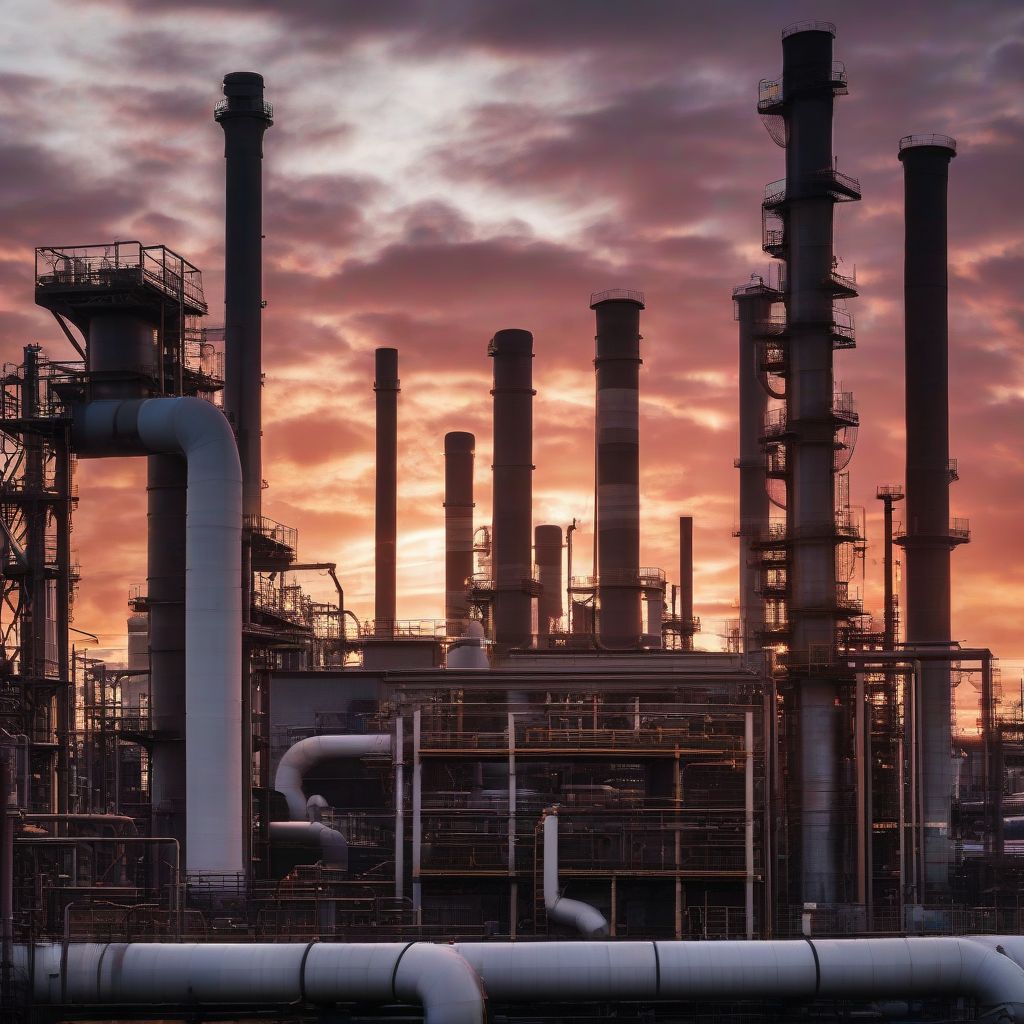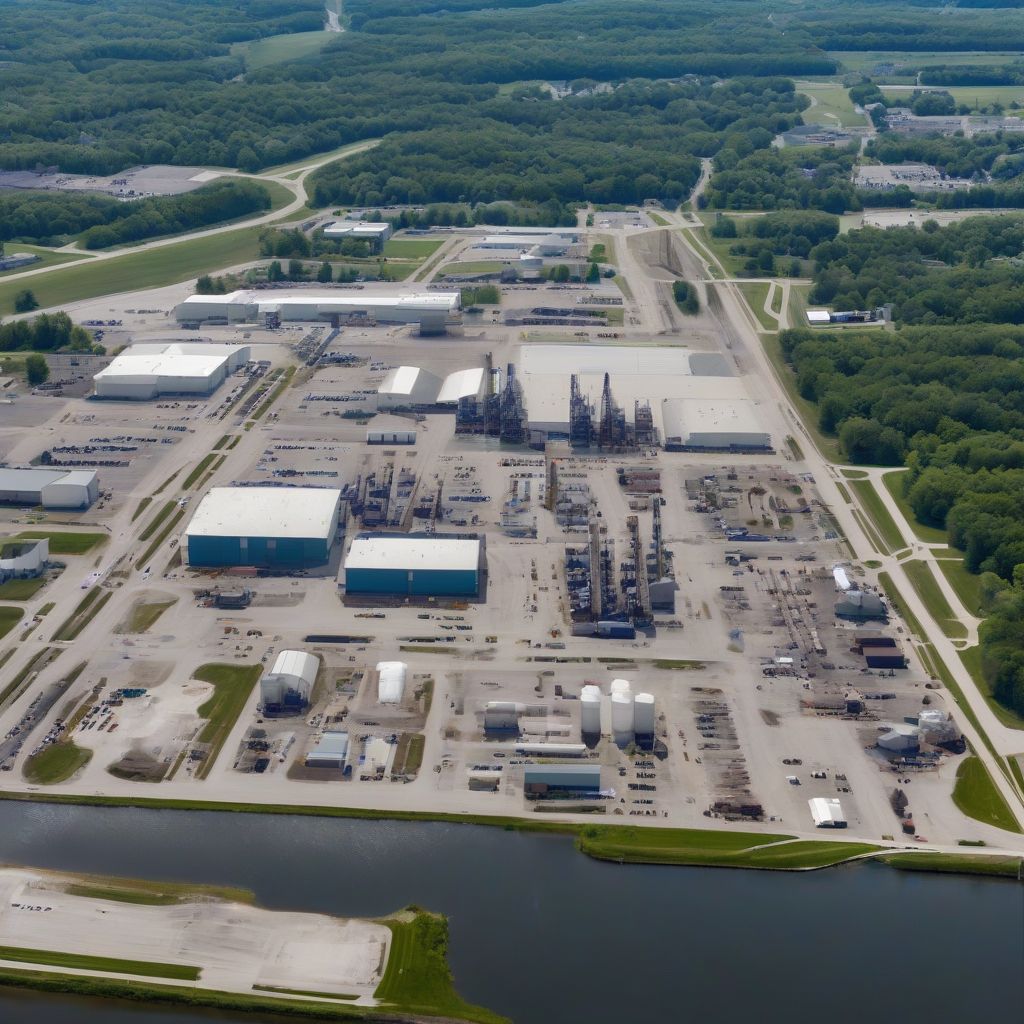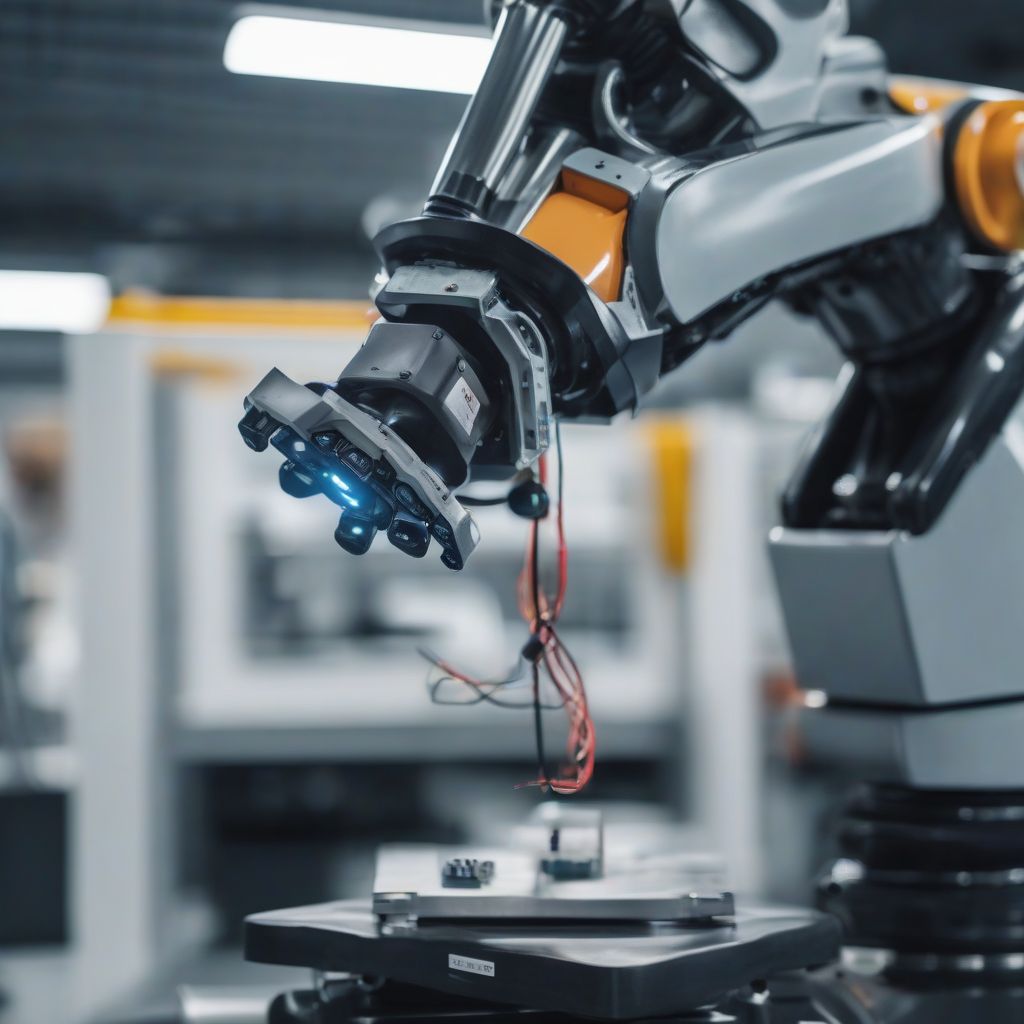Understanding Tri-County Industry: Energy, Gas, and Economic Growth

The term “Tri-County Industry” can refer to various industrial sectors operating within a specific three-county region. While the specific counties might change depending on the context, the interconnected nature of energy, gas, and industrial growth remains a constant. This article delves into the significance of these industries, exploring their impact on economic development and the vital role they play in our modern world.
The Intertwined World of Energy, Gas, and Industry
Industries thrive on a consistent and reliable source of energy. Natural gas, often sourced and transported regionally, plays a crucial role in powering these industrial hubs. Understanding the relationship between energy consumption, gas supply, and industrial output is key to grasping the importance of “Tri-County Industry.”
Why is “Tri-County Industry” a Significant Term?
This term highlights the localized nature of industrial activities and their dependence on regional resources and collaboration. Often, a “Tri-County” area may represent a hub for:
- Natural Resource Extraction: This could include natural gas drilling and processing plants, oil refineries, or other extraction activities that provide raw materials for energy production.
- Power Generation: Regions may house power plants fueled by natural gas, contributing significantly to the energy grid that supports industrial operations.
- Manufacturing and Production: Various industries, from automotive to pharmaceuticals, require vast amounts of energy. Their location within a “Tri-County Industry” zone often indicates a strategic proximity to energy sources and supply chains.
Questions People Often Ask:
- What types of jobs are common in “Tri-County Industry” areas? Job opportunities can range from highly skilled engineering and technical roles in energy and gas to manufacturing, logistics, and construction positions supporting industrial activity.
- How do environmental regulations impact “Tri-County Industry?” Balancing economic growth with sustainable practices is crucial. Regulations surrounding emissions, waste disposal, and land use play a significant role in shaping industrial operations.
- What is the future outlook for industries reliant on natural gas? As the world transitions towards renewable energy sources, understanding the long-term viability and adaptation strategies for gas-dependent industries is vital.
Factors Influencing “Tri-County Industry”
Several key elements contribute to the success and challenges faced by industries operating within a defined region:
1. Infrastructure and Logistics
- Transportation Networks: Well-maintained highways, railways, and access to waterways are crucial for transporting raw materials and finished goods.
- Pipeline Infrastructure: For gas-dependent industries, a robust pipeline network ensures a steady and reliable energy supply.
- Workforce and Skills: Access to a skilled workforce is paramount. Educational institutions and training programs tailored to industry needs are essential.
2. Government Policies and Incentives
- Tax Breaks and Grants: Governments often provide incentives to attract industries and stimulate economic activity within specific regions.
- Environmental Regulations: As mentioned earlier, regulations play a critical role in ensuring responsible development and mitigating environmental impact.
- International Trade Agreements: Global trade policies can significantly influence the competitiveness of industries operating within a “Tri-County” area.
3. Technological Advancements
- Automation and Robotics: The rise of automation is transforming industries, leading to increased efficiency but also impacting labor demands.
- Data Analytics and Optimization: Utilizing data to optimize production processes, energy consumption, and supply chains is crucial for remaining competitive.
- Renewable Energy Integration: Exploring ways to integrate renewable energy sources, such as solar and wind power, can enhance sustainability and long-term viability.
 Industrial Plant at Dusk
Industrial Plant at Dusk
Examples of “Tri-County Industry” Success
- The Gulf Coast Region (USA): This area exemplifies a successful “Tri-County Industry” model, with a long history of oil and gas production, refining, and petrochemical manufacturing driving economic growth.
- The Ruhr Valley (Germany): Once heavily reliant on coal, the Ruhr Valley has successfully transitioned to a more diversified industrial base, incorporating renewable energy and advanced manufacturing.
Conclusion
“Tri-County Industry” signifies the crucial interplay between energy, gas, and industrial activity within a localized context. Understanding the factors driving these industries, the challenges they face, and the importance of sustainable practices is vital for ensuring continued economic growth and regional prosperity. As technology evolves and global energy landscapes shift, adapting to new realities will be crucial for the long-term success of “Tri-County Industry” zones worldwide.


Leave a Comment